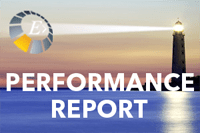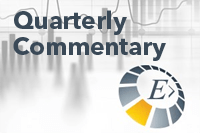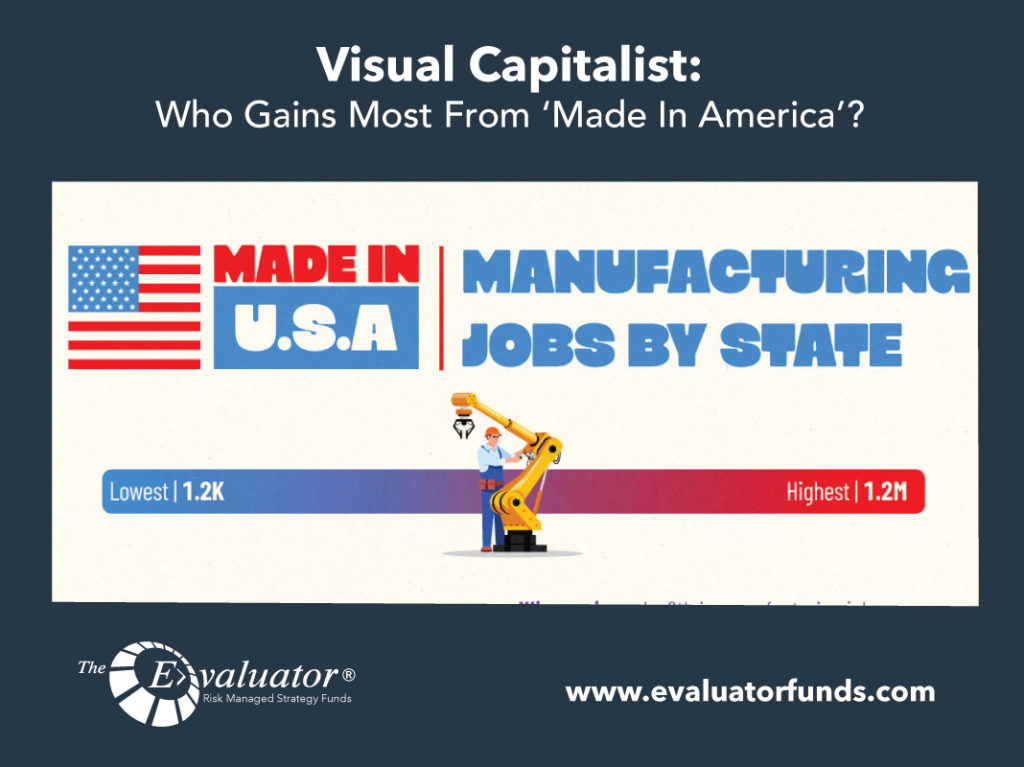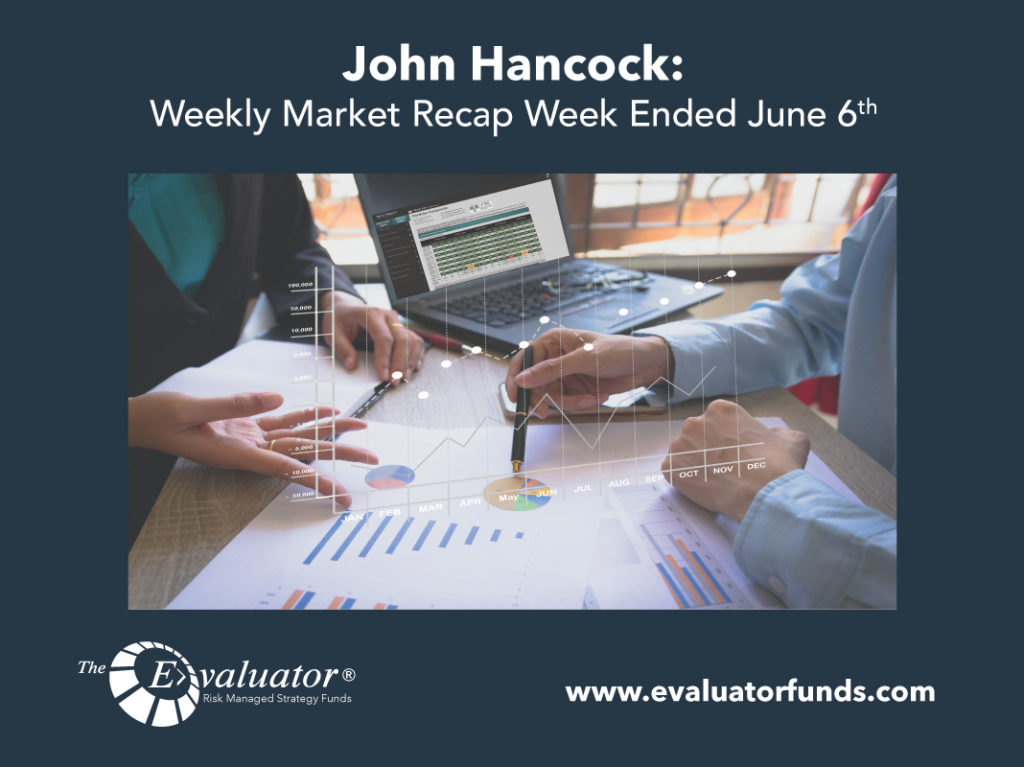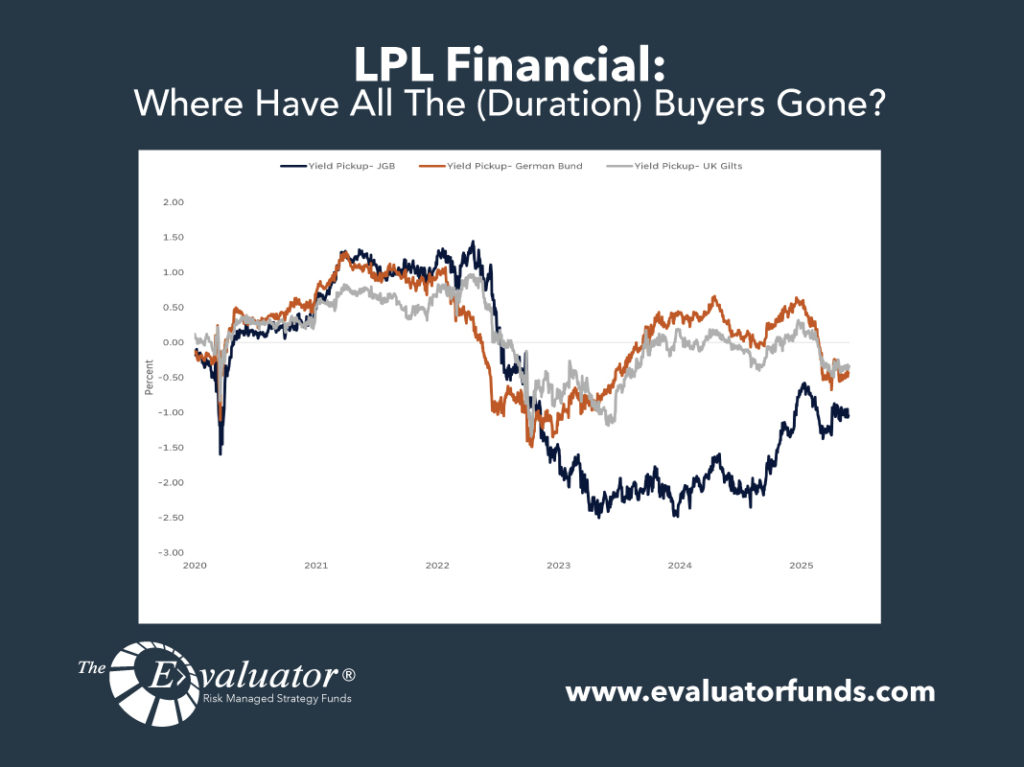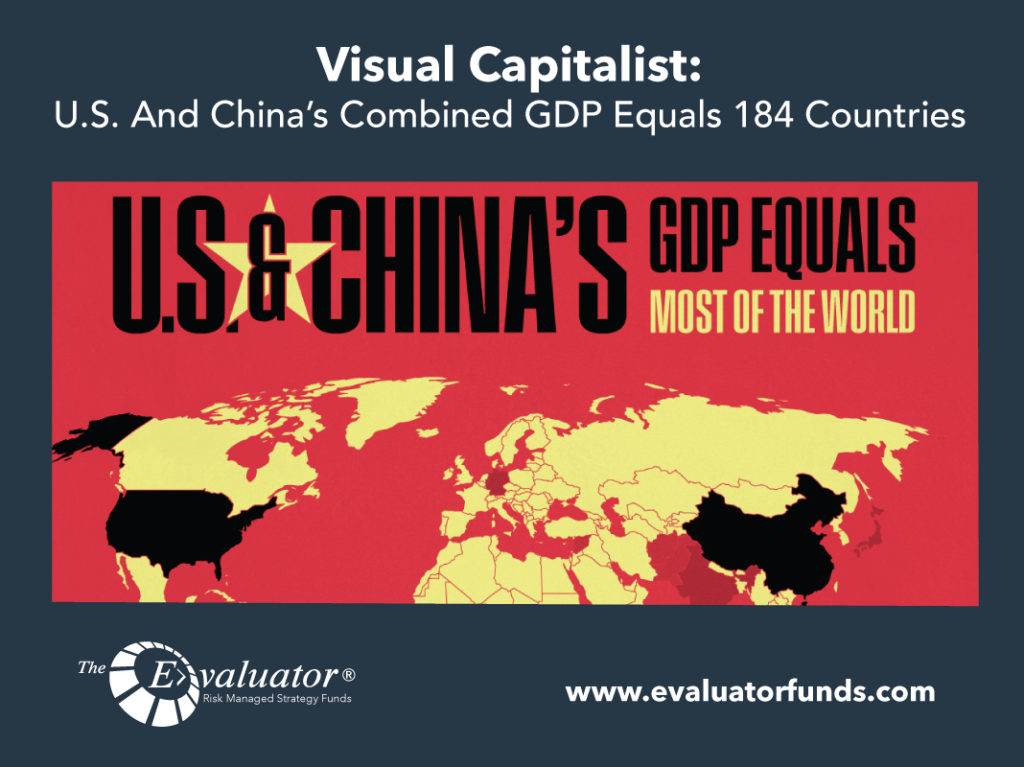Overview
We Believe Investing Should Be Easy
The E-Valuator Risk Managed Strategy (RMS) Funds make investing easy for Investors by providing 6 distinctly different investment options spanning the efficient frontier spectrum of risk management from Very Conservative to Aggressive Growth. Investors simply need to identify their personal level of acceptable volatility (risk) exposure, then invest accordingly in the RMS Fund(s) matching their tolerance level.
We Believe In a Systematic Approach to Intelligent Investing
We manage The E-Valuator Risk Managed Strategy (RMS) Funds with a disciplined, pragmatic approach seeking to maximize performance within a stated range of volatility, as measured by standard deviation. Our Meticulous Asset Allocation Process (MAAP) provides the guidance in the form of a “road map” through the asset allocation and diversification process.
We Strive To Simplify the Process
The E-Valuator Risk Managed Strategy (RMS) Funds were created to simplify a comprehensive asset management process, without sacrificing performance. Accordingly, each of The E-Valuator RMS Funds contains a complete asset management program packaged into an open-end mutual fund.


